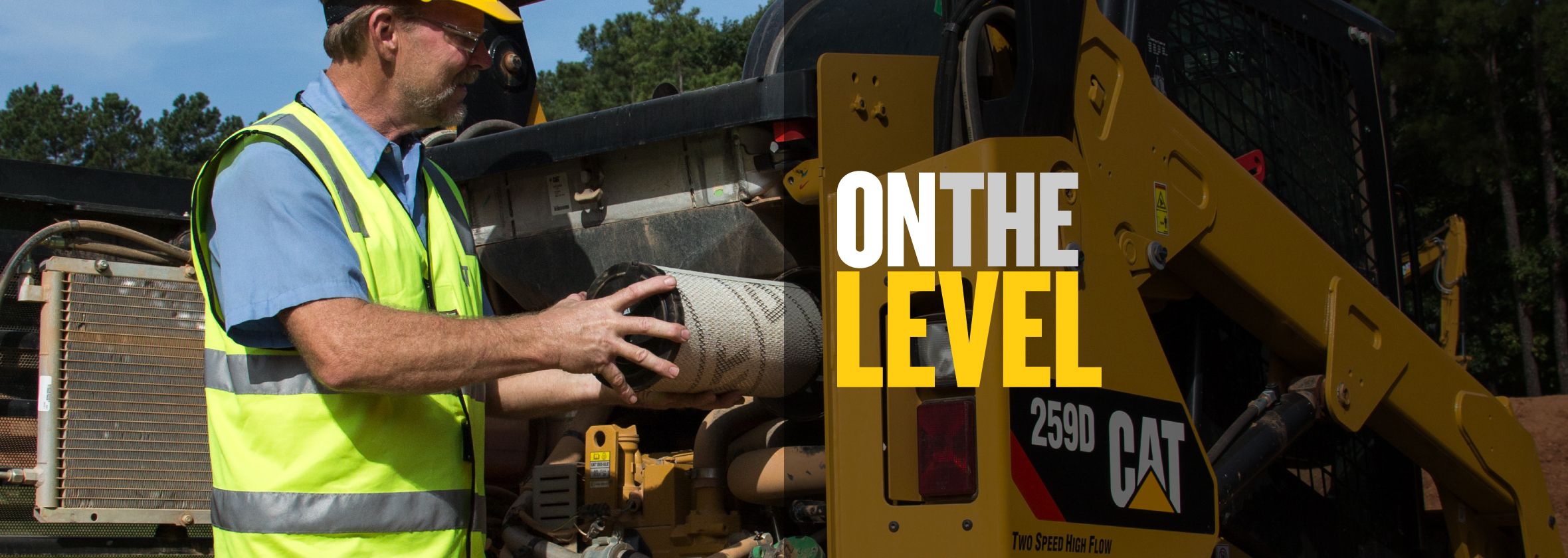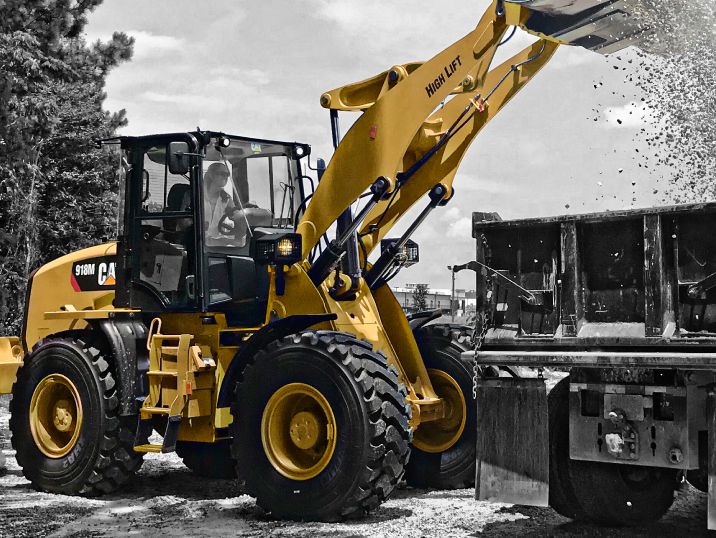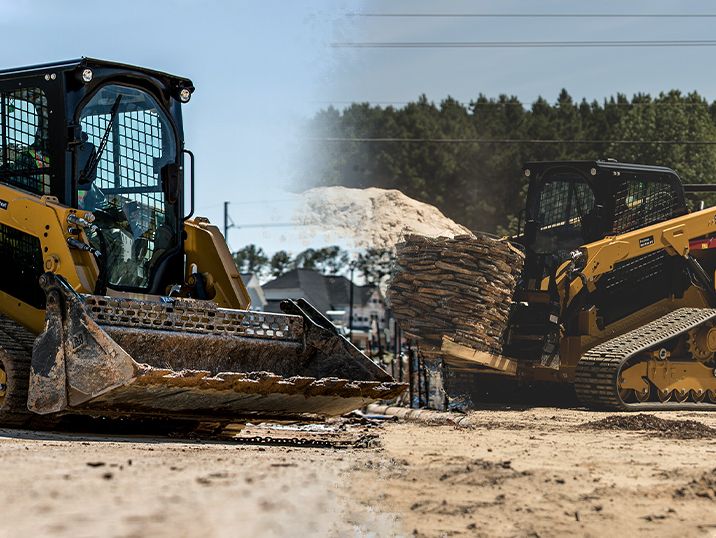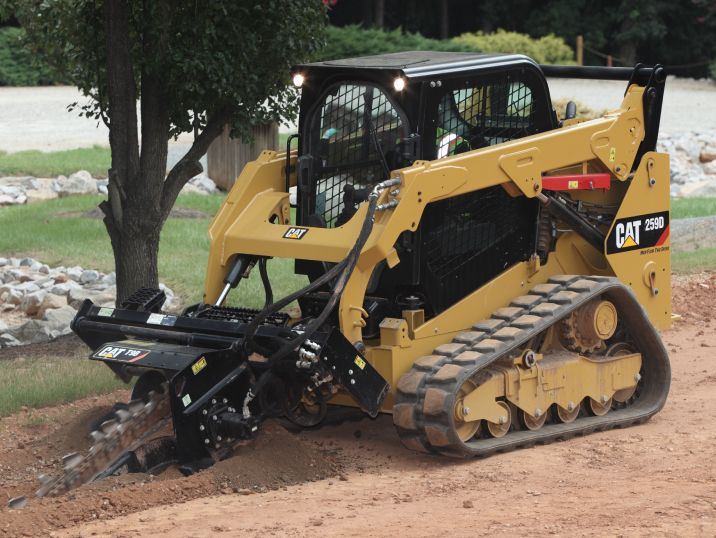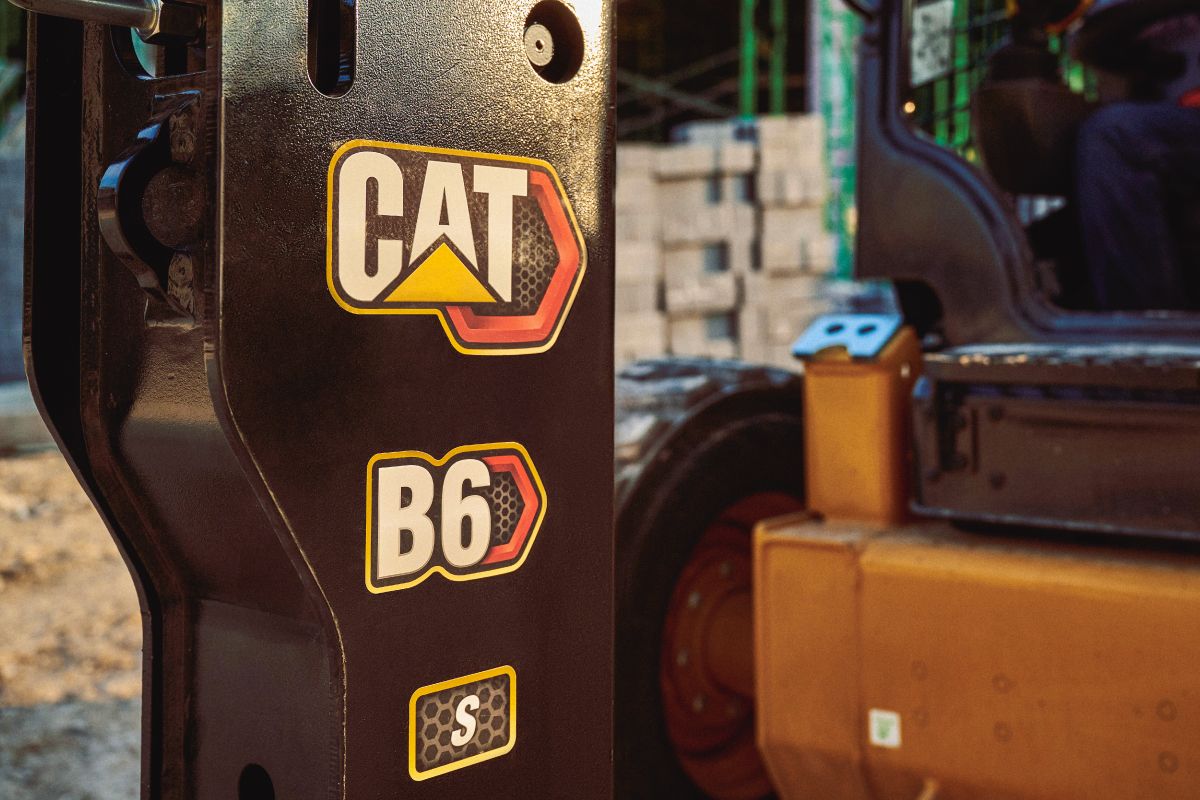

Sign In
Welcome! Sign In to personalize your Cat.com experience
If you already have an existing account with another Cat App, you can use the same account to sign in here
Register Now
One Account. All of Cat.
Your Caterpillar account is the single account you use to log in to select services and applications we offer. Shop for parts and machines online, manage your fleet, go mobile, and more.
Account Information
Site Settings
Security
Uptime Tips for Compact Track Loaders
Caitlin Maddock-Bahr | Social Media & Content Manager
How can you do more in less time? That's the universal dilemma facing all construction contractors. Your projects are becoming larger and more complex, regulatory restrictions are increasing, and yet your construction schedules are only being shortened. For many of these reasons, compact track loaders have proven to be invaluable on jobsites because of their diverse set of capabilities.
However, if the machine isn’t up and running, it quickly becomes a hindrance to your entire operation. We recently caught up with our compact track loader product team to outline several tips to decrease downtime, as well as considerations to make when spec’ing your next compact track loader in this month’s blog.
Pre-Purchase Serviceability and Maintenance Considerations
As you know, monitoring your machine’s condition regularly can help detect potential issues that could turn into bigger problems if ignored. With this in mind, it is important to consider features that will make routine machine maintenance easier for you. Some of these include:
- Machine diagnostics and monitoring capabilities – Today’s advanced compact loaders have color LCD display systems with video capability, allowing the operator to quickly and easily monitor machine systems and read machine diagnostics.
- Optimized positioning of daily maintenance check components – Components such as the engine air filter, battery, engine oil dipstick, engine oil filter, electric priming fuel filter and water separator, hydraulic oil level sight gauge and hydraulic oil filter should be easily accessed, without the use of tools.
- Grouped access points – The closer the access points, the easier it will be to complete the maintenance checklist quickly. For example, when grease points are grouped close together, they are easier to service.
- Organized component layout underneath the cab – A complicated layout will take longer to inspect or troubleshoot the machine. A machine with a well-organized component layout will be easy to clean out, inspect and identify any issues.
Optimize Maintenance Intervals
Today’s machine designs include technology that helps extend service intervals—which means less time in the shop and more time on the job site. Many maintenance tasks that used to be required may no longer be necessary. For example, there is no need to maintain battery fluid levels when maintenance-free batteries come standard. Here are some factors that could help optimize maintenance intervals:
- Look for a compact track loader with convenient intervals that are easy to remember, such as multiples of 100 or 250 hours.
- Identify manufacturers that offer maintenance kits with machine purchases that might include filters, fluids and other items needed at various intervals.
- Utilize bucket and blade attachments with double-sided cutting edges. If one side reaches its wear limit, simply reverse it to extend the life.
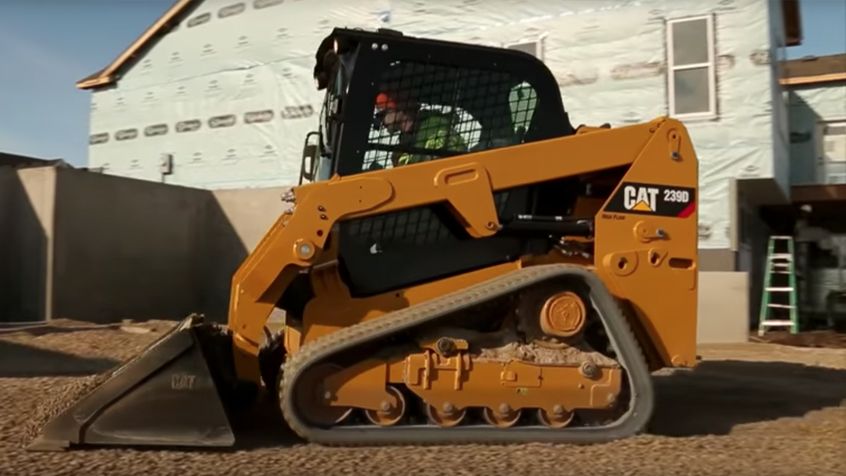
Fuel System Maintenance
In order to meet today’s more stringent emissions regulations, proper fuel system maintenance is another key element of routine care. If the fuel system isn’t engineered for ease of access and service, it can quickly begin interfering with machine uptime.
Today’s top tier compact track loaders are equipped with fuel system advancements that significantly improve ease-of-maintenance and decrease machine downtime. Some of these features include:
- Transparent fuel/water separator housings that allow you to visually inspect for water in the fuel daily.
- Electronic sensors on the fuel/water separator that alert you to water in the fuel.
- Tubes connected to the bottom of the fuel/water separator that allow you to easily drain it on a daily basis or as needed.
- Automatic electric priming pumps that prime the fuel system with the turn of a key switch.
- Fuel systems in which the air is automatically bled while the machine is running, without having to open bleed screws or use tools.
As you know, optimal machine operation is imperative for meeting your project schedules and managing costs. It can also help shorten a long work week—in this industry, every little bit helps! I hope you found the tips and considerations highlighted in this blog to be useful.

Caitlin Maddock-Bahr
Social Media & Content Manager
Caitlin Maddock-Bahr exercises her storytelling expertise as a social media & digital strategy manager. In this role, she not only helps Caterpillar connect with their audience, but helps customers connect with the brand.
RELATED ARTICLES
You’re here to get ideas to grow your business. Read on for machine insights and expert tips and tricks to get more out of every job.
-
How to Choose the Right Track for Your Compact Track Loader
That rubber track on your compact track loader has a specific purpose, and it’s important to choose the right tread for the job. We're here to help you make the right choice.
Learn More -
Work Capacity for Compact Loaders
Get the most out of your small fleet by taking advantage of the features on our advanced compact loaders. They will help your crew work more efficiently with less fatigue, so you can take on more jobs.
Learn More -
Attachment Maintenance
Get tips and tricks on attachment maintenance, so you can get longer product life, productivity and efficiency out of your work tools.
Learn More -
Construction Business Tips
It’s important to prepare your construction business for whatever the future may bring, especially in times like this. Our team has gathered some business tips and resources to help you navigate this year and beyond.
Learn More
